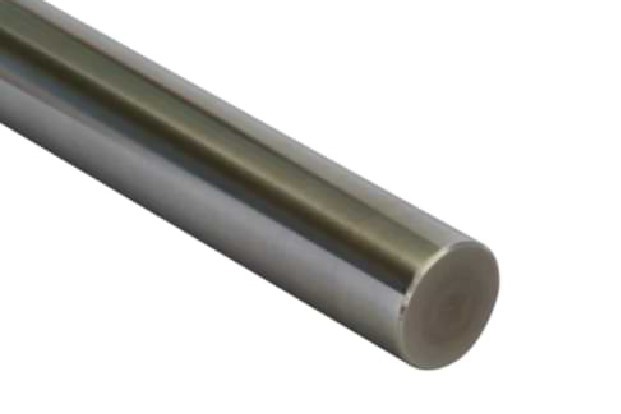In comparison to steel and its impeccable structural fabrication, aluminium is the only metal that gets the attention it deserves as much as steel. At the same time, it weighs only a third of the weight of steel whole, still outperforming all other metals when it comes to mechanical properties of the metals. However, not all grades of aluminium metals have the exact same properties. This makes it essential for one to understand the critical difference among other aluminium alloy grades. Two extremely popular aluminium alloy grades are 6061 and 7075 aluminium. Although there are plenty of similarities, they are also largely very different.
Table of Contents
The Major Difference between 6061 & 7075 Aluminium
These are some of the major differences between the structurally variant 7075 aluminium sheets and 6061 sheet aluminium:
1. Alloy Series & The Chemical Composition
The primary difference between 6061 and 7075 aluminium is the number designated to them. Also, 6061 aluminium falls in six something series, while 7075 aluminium lies in the seven series. This already shows a significant difference. Also, looking deeper at the individual makeup of these materials, the 6061 aluminium sheet has a higher amount of silicon component in comparison to 7075, whereas the 7075 has a higher zinc component. However, they both have a significant amount of magnesium; however, 7075 has slightly more in comparison to 6061. The 7075 aluminium variant also has a greater amount of copper in its chemical makeup.
2. The Mechanical properties of Both of These Metal Variants
6061 & 7075 aluminium are both heat-treatable. Therefore they cannot be compared with assuming that they undergo the same heat treatment. Several differences were noted. The tensile strength of the seven series is double that of the six series. Also, the shear strength of the seven series is about 1.5 times that of the six series. The 7075 aluminium is also harder as well.
3. Consider the Fabrications
The 6061 aluminium and 7075 aluminium come close in their fabrication, but the 6061 has the edge over the 7075 one. This is due to the fact that 6061 aluminium is not as hard or as higher tensile strength than 7075 aluminium. The softer hardness allows it to be machined easier in comparison to the 7075 aluminium sheets. However, both of these materials can be joined using the soldering methods, brazing or adhesives. 6061 is pretty weldable, and 7075 is not as weldable about it. However, the proper weld filler metal must be taken care of. It may also require post-welding heat treatment and aging to keep it back to its original shape. The 7075 aluminium is prone to cracking after welding.
4. Applications of these Metal Aluminium
There is an overlap in the application on both 6061 and 7075 aluminium alloys. Both, however, are structural grades of aluminium. Both of these alloys are used in bike parts, aerospace and other building construction. They do, however, differ in the areas of use. For example, 7075 aluminium metal alloys can be used as gear or as a rod in aerospace applications; however, 6061’s implemented as more ductile. 7075 is used for moulds and another industrial tooling rather than 6061. On the other hand, 6061 is used in making any rounded contoured material.
5. The Effect on Metal Supermarkets
Metal supermarkets around the world across the US, Canada & United Kingdom can supply across 90 brick-and-mortar stores. There’s a need for a wide variety of metals for many different applications. You could consider stainless steel alloys, alloy steel, galvanized steel, aluminium, bronze, copper and brass, among other 7075 aluminium sheets and 6061 aluminium alloys.

